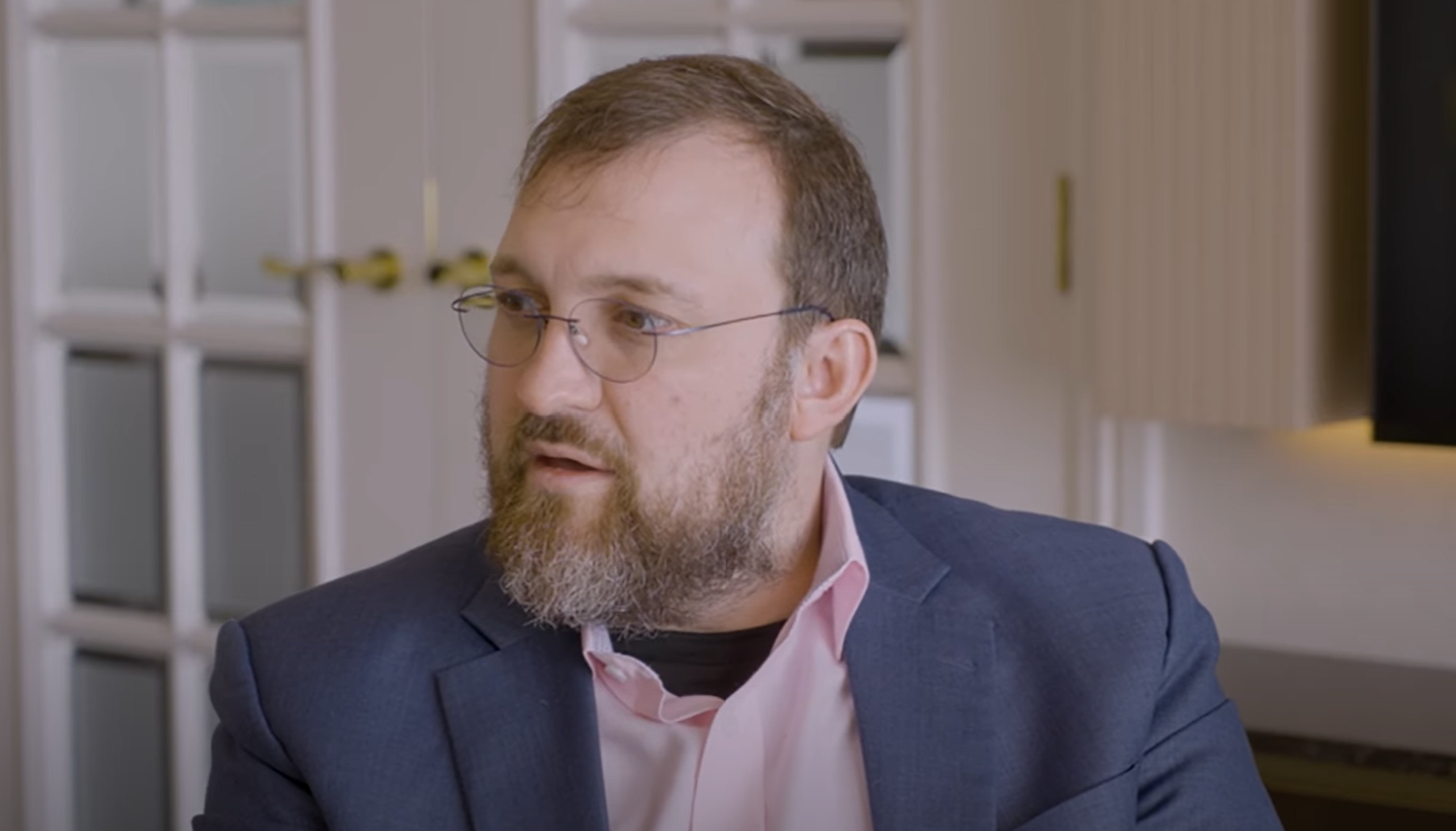Cardano Founder Targets Crypto’s ‘Three Demons’ With Midnight

In an appearance at Consensus 2025, Charles Hoskinson, founder of Cardano and CEO of Input Output, outlined what he considers the three existential threats—or “demons”—that must be vanquished for the crypto industry to achieve meaningful, global adoption: privacy, economic fragmentation, and what he called “Ponzonomics.”
His proposed answer to these challenges is the long-gestating Midnight network, which he described as a multi-chain, privacy-centric infrastructure designed to stitch together the fractured blockchain landscape without succumbing to the incentives that have plagued previous generations of crypto projects.
Cardano Fights The 3 ‘Demons Of Crypto’
“The number one demon is this concept of privacy,” Hoskinson declared. He praised the industry’s success in creating immutable public ledgers but warned that “we overdid it.” Pointing to stablecoins like USDT and USDC, where every transaction is transparently visible, he likened the current system to a “panopticon of financial surveillance.” Hoskinson questioned whether users truly want all of their activity—financial, medical, or otherwise—permanently etched into public ledgers. “It’s kind of obvious,” he said, “but all these Tether transactions, all these Circle transactions… they’re all public and trackable.”
To address this, Midnight was developed as a privacy layer over the past six years within Input Output and has since been spun out into its own dedicated engineering subsidiary, Shielded. A new coordinating entity, the Midnight Foundation, is now led by Fahmy Syed. But privacy alone is not sufficient, Hoskinson argued. Any viable infrastructure must also accommodate the realities of network effects and interoperability, which led him to the second demon: the adversarial mindset that permeates much of crypto economics.
Rather than attempting to supplant dominant ecosystems like Ethereum or Solana, Midnight is designed to integrate with them. “It talks to Solana, it talks to Ethereum, it talks to Avalanche, it talks to Cardano, it talks to BNB and XRP and so forth,” Hoskinson said. Developers can pay transaction fees in the native currencies of their respective chains, allowing them to use Midnight’s infrastructure without migrating assets or liquidity. The goal, he explained, is for blockchain developers to treat Midnight the way AI startups treat OpenAI APIs—callable infrastructure, rather than a parallel ecosystem that demands ideological allegiance.
This collaborative approach, which he called “cooperative economics,” is a direct challenge to the winner-take-all mentality of many Web3 projects. “No matter how much money Microsoft spends, they don’t seem to be able to break up that Google search monopoly,” he noted. Midnight, by contrast, seeks to serve as connective tissue, not a replacement organ.
The third demon, in Hoskinson’s view, is what he dubbed years ago “Ponzonomics”—a critique of crypto’s reliance on tokenomics built to enrich insiders and early investors rather than to build sustainable infrastructure. “We didn’t do a VC raise,” he reminded the audience. “Instead of doing an ICO or venture capital, I’ll just spend my own money, build it, release it, finish, and do an airdrop.” That airdrop will target users across eight major chains, potentially reaching 37 million wallets. “So the odds are people listening to this probably already hold it once the airdrop happens.”
Beyond technical design and economic structure, Hoskinson emphasized that the future of any blockchain protocol hinges on community and ideology. “To be useful, you have to have good governance. To be useful, you have to be adaptable as a complex adaptive system and resilient and grow,” he said. The survival of projects like Dogecoin and Bitcoin, he argued, stems not from technical superiority but from strong, enduring communities. “You can’t astroturf it,” he said. “You can’t just open up your checkbook and pay people a lot of money and somehow they love you. That’s a transactional relationship. They’ll be there until they’re not.”
Hoskinson contrasted this with Cardano’s core philosophy: enabling people to vote, govern, and allocate resources through a constitutionally anchored system. “We have an on-chain treasury, and we get to decide year by year what the roadmap going to be,” he said. This, he claimed, has helped Cardano weather multiple bear markets while retaining a committed community.
Midnight, with its emphasis on privacy, cross-chain cooperation, and anti-speculative economics, is the culmination of these ideological pillars. “It’s really exciting,” Hoskinson concluded. “We can now have supply chains, secure voting systems, health care record systems, financial systems… where you, your accountant, your CFO, your organization gets to see one set of books, but then the world sees another. But you preserve everything that makes cryptocurrency special: the auditability, the verifiability, the provability.”
At press time, Cardano traded at $0.78.

Featured image created with DALL.E, chart from TradingView.com

Editorial Process for bitcoinist is centered on delivering thoroughly researched, accurate, and unbiased content. We uphold strict sourcing standards, and each page undergoes diligent review by our team of top technology experts and seasoned editors. This process ensures the integrity, relevance, and value of our content for our readers.



